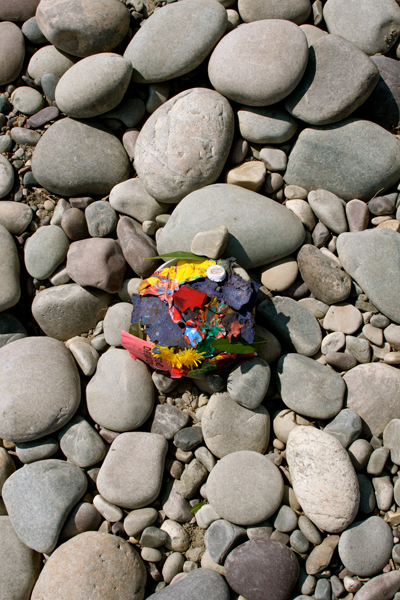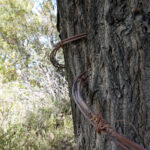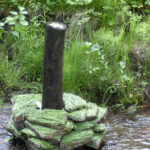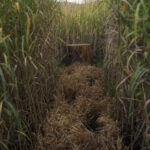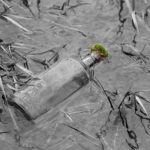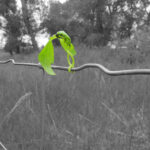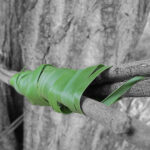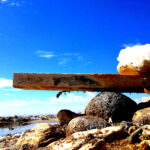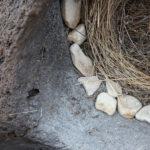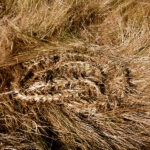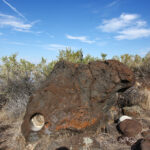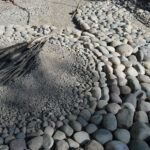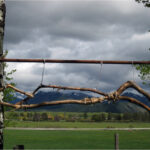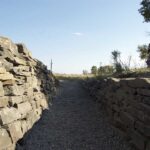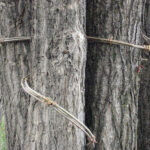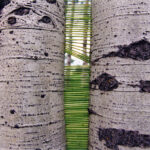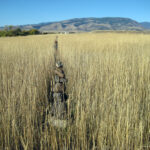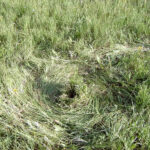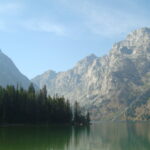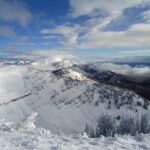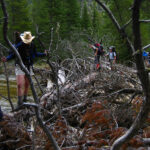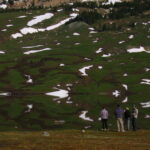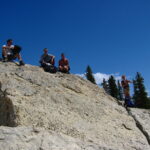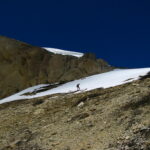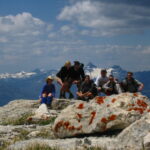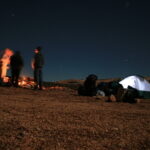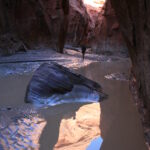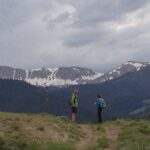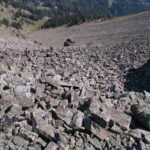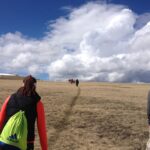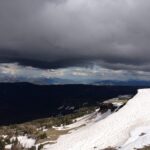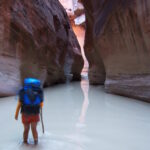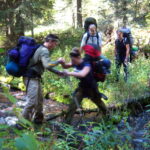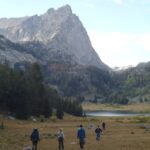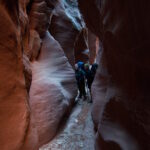Remote
Studio
Launched in 2001, Remote Studio was Artemis Institute’s lead educational program. An immersion semester-long education experience based out of the Greater Yellowstone Eco-region. The format employed multiple venues and learning opportunities to engage students in diverse experiences of place.
Through design/build practice, backcountry adventure, and more, students explored a holistically integrated, place-based path from concept to creation. For 15 highly successful seasons, Remote Studio provided over a hundred undergraduate and graduate students the opportunity to refine their creative process, explore their understanding of culture, and develop responsible practices for living more sustainably on Earth.
After many successful years, Remote Studio concluded in the fall of 2015. Working within communities each year, the program flourished, while giving back through the many pieces of functional, beautiful, and sustainable architecture that students designed and built.
The
Experience
Educational
Through the Remote Studio program, three integrated courses took place over four to five days each week for the length of a semester. Non-class days were developed relative to each student’s interests. The immersion education course format involved design lessons, environmental studies, backcountry trips, and an on-site design/build experience. From these structured and spontaneous lessons, students evolved their comprehension of cultural and personal practices with the potential to dynamically protect and enrich the world in which we live.
Readings & Discussions
Readings and discussions covered environmental ethics, creative processes, and explorations of varied worldviews to develop students’ understanding of themselves and the world. The readings became springboards for broad discussions, supporting key communication skills that emphasized the importance of listening, and softened the focus on proactively crafting rational defenses.
Vessels
The creation of vessels allowed each student to explore and contemplate their sense of place, scale, the innate wisdom of nature’s designs, and collective expressions of human artistry. Built from natural and manufactured materials found within a selected local area, vessels served as temporary markers of an evolving relationship with the world. Vessels became more than the construction of an idea — they were artifacts of an individual’s response to culture.
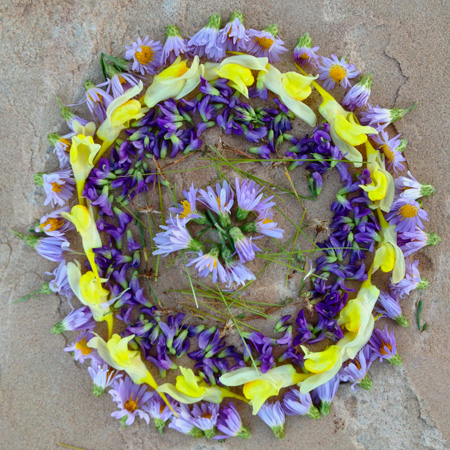
Backcountry Trips
Adventures provided immersive first-hand experiences, while leisure created the time and space for personal reflection to interpret and integrate these experiences. The result of this reciprocal process was first-hand knowledge. A vital aspect of this educational method was the removal of barriers between idea and experience, directly immersing students in the backcountry and wilderness of the Yellowstone Eco-Region and other wild places.
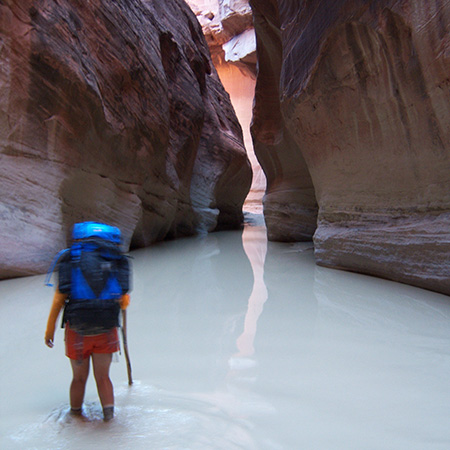
Design Build
Construction occurred during the second half of the semester, with students gaining experience in all facets of construction. The primary lesson of this program component was learning to measure design ideals and expectations with technical and material conditions. The goal was to let students test their knowledge and beliefs through a project for a community client in preparation for later professional challenges.
